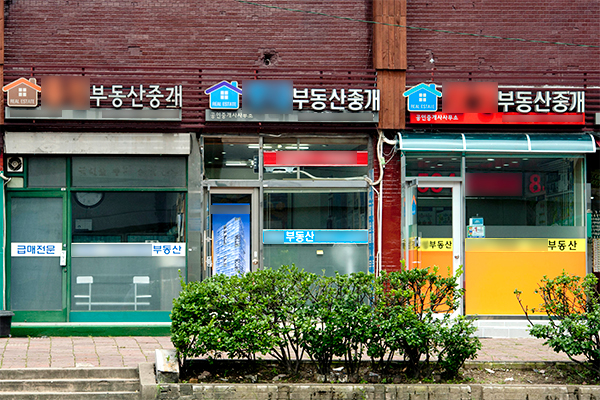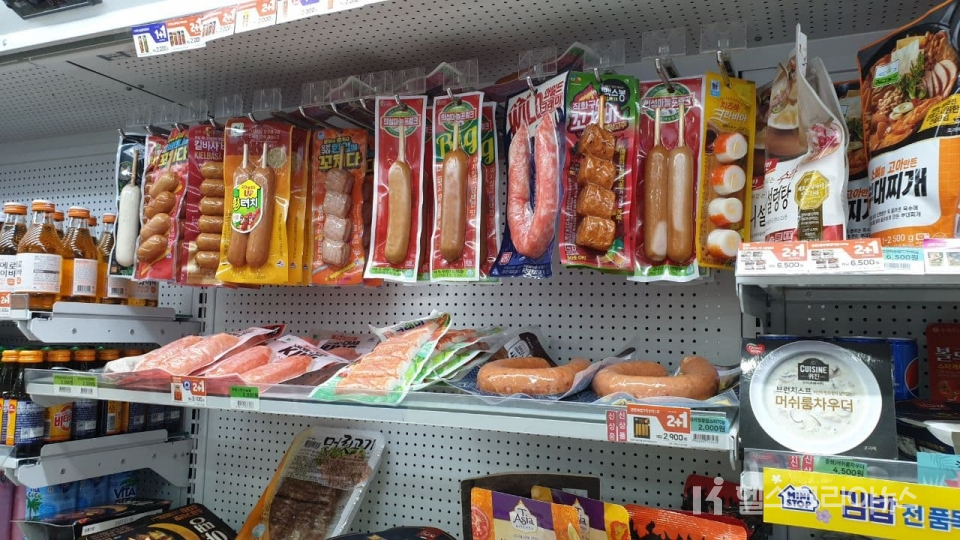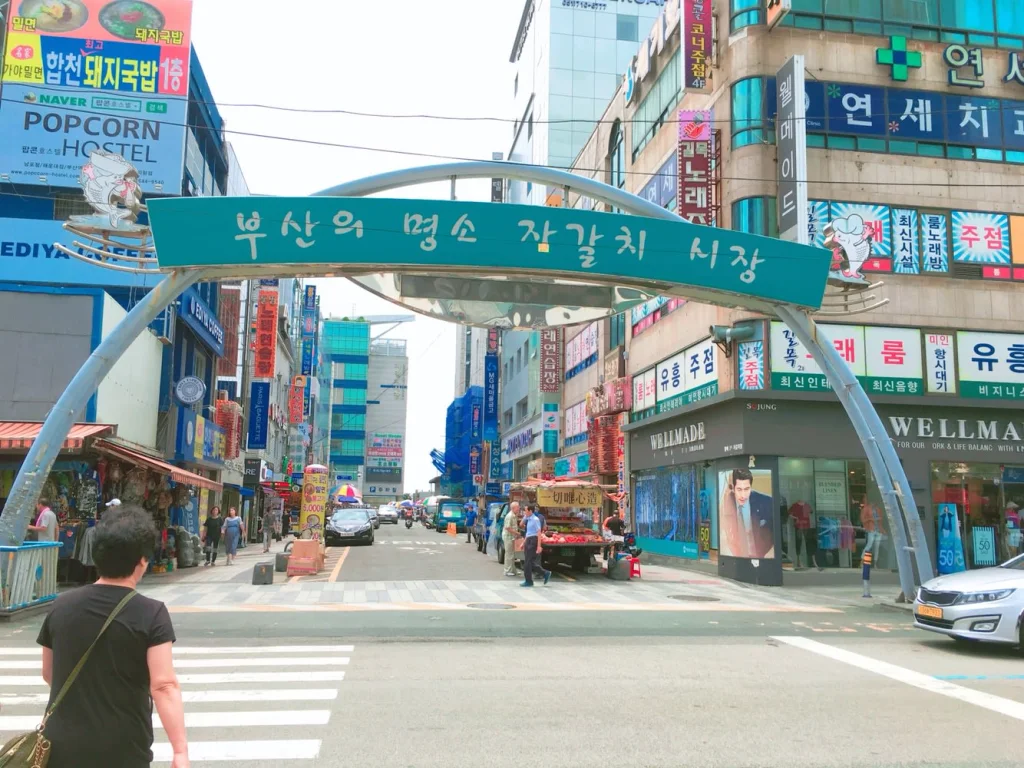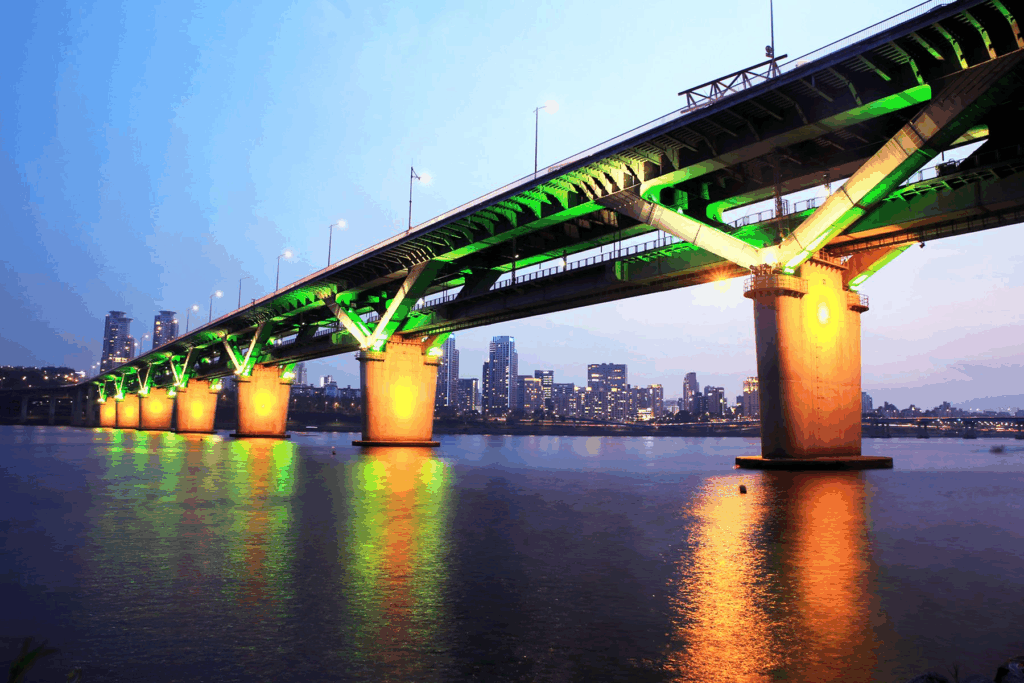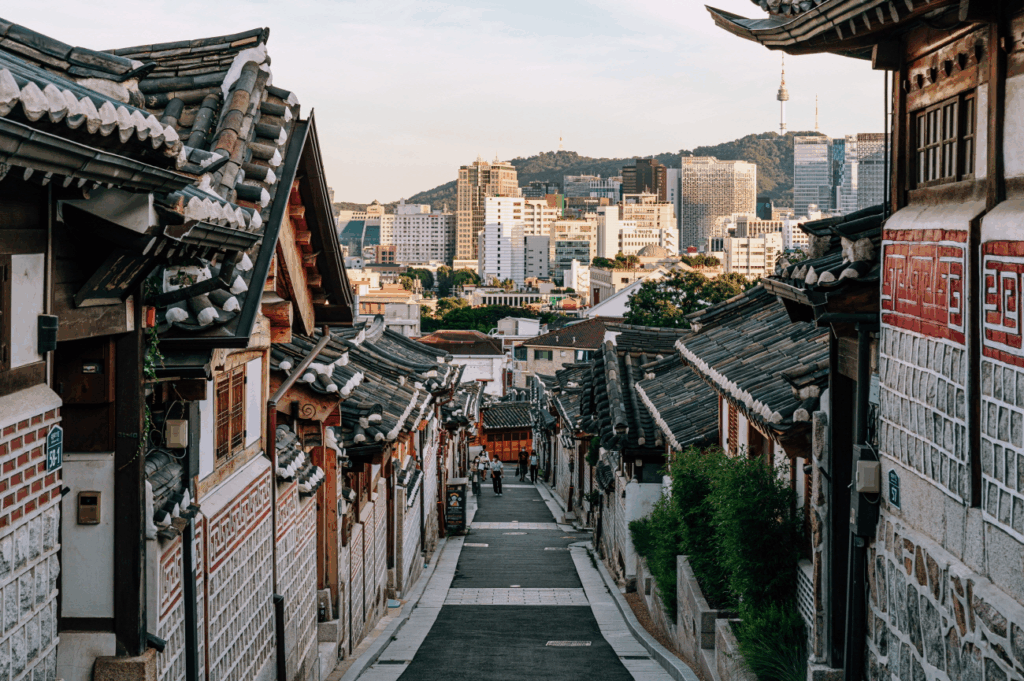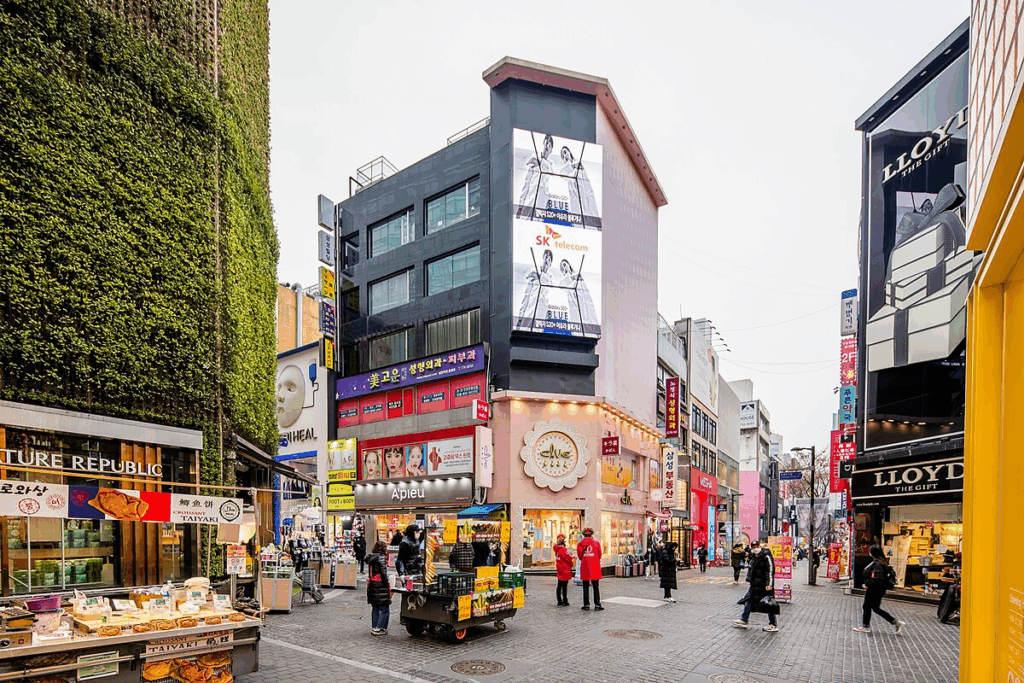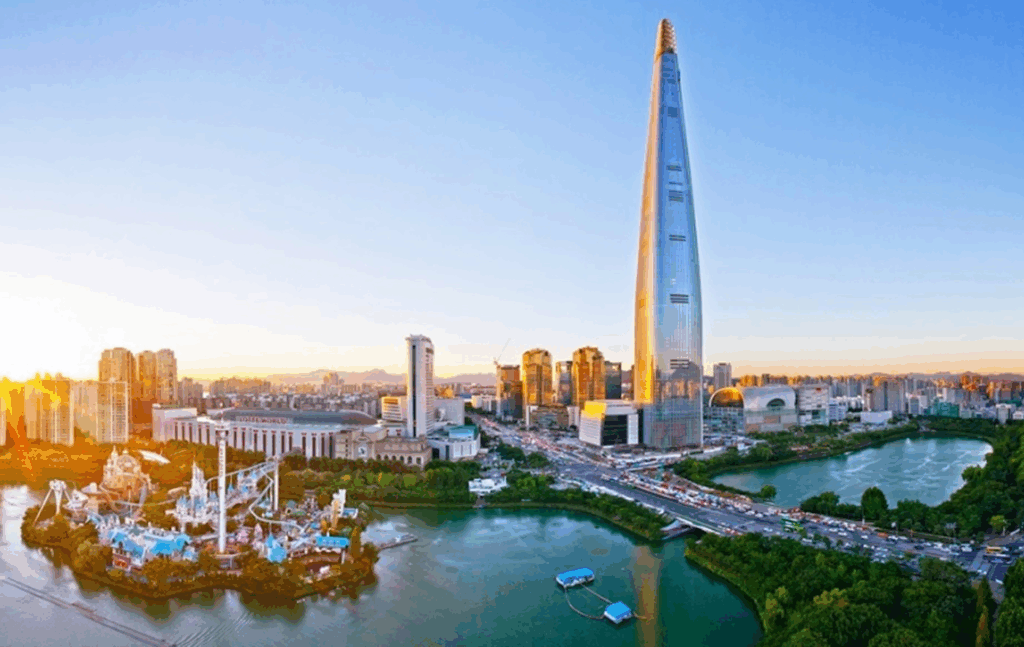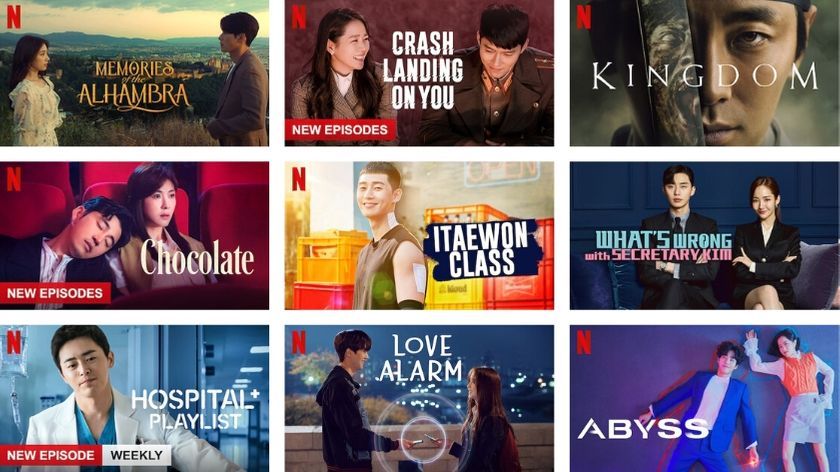If you’ve started living in Korea long-term—for studying, work, or any extended stay—you’ll eventually need to find the right place to live. From small studio apartments to two-room units, officetels, or full apartments, the options are diverse, and with complex rental systems such as jeonse and monthly rent, the process can feel confusing at first. On top of that, if you’re unfamiliar with how to work with a licensed real estate agent (gongin junggaesa) or how to handle a real estate contract, the stress can multiply.
This guide will walk you through essential steps and tips for finding housing in Korea. We’ll cover what to know when working with realtors, key precautions during the contract process, and how to make the most of popular real estate apps like “Zigbang” and “Dabang.”
Understanding the Role of Real Estate Agents (Gongin Junggaesa)
In Korea, the most common way to look for a property is by visiting a licensed real estate office (gongin junggaesa samuso). These licensed agents are registered professionals who have passed an exam authorized by the Ministry of Land, Infrastructure and Transport. They act as intermediaries, connecting property owners (landlords or sellers) with tenants or buyers, and receive a commission fee upon successful contracting.
Foreigners go through the same process as locals. However, because of potential language barriers, it’s best to find an agent who can speak basic English or to bring a friend to help with interpretation. Since all Korean contract documents must be written in Korean, make sure to either request a detailed explanation from your agent or obtain a translated version to ensure a safe agreement.
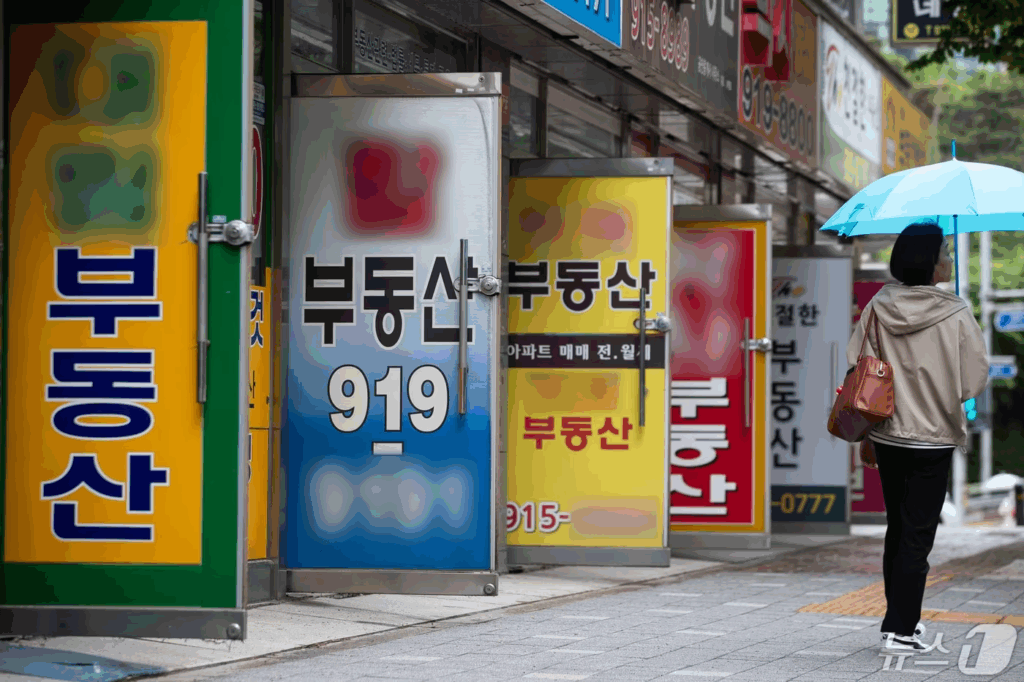
Setting Your Criteria: Location, Budget, Layout, and Move-in Date
Before contacting real estate offices, clarify what kind of place you’re looking for. Decide whether location is your top priority or if you’re willing to compromise on area based on deposit and rent price. Consider how close you need to be to your school or workplace. Setting a clear budget helps your agent provide more efficient options.
For instance, saying “A two-room apartment within a 10-minute walk to the subway, with a 20 million KRW deposit and rent under 500,000 KRW per month, available from mid-next month” helps the agent quickly filter listings. On the other hand, vague requests like “somewhere cheap and nice” make it difficult for them to assist. The move-in date should also be discussed in advance so the landlord can prepare or finish maintenance in time.
Using Real Estate Apps (Zigbang & Dabang): Finding the Right Listing
Recently, real estate apps such as Zigbang and Dabang have become extremely popular in Korea. On these platforms, you can explore listings for various properties—studios, officetels, two-room apartments, and more—accompanied by photos and details. Users can filter results by rent type, deposit, size, floor, and structure, and even check the map view to examine nearby conveniences. This allows you to preview potential homes without physically visiting every area.
That said, always beware of fake or outdated listings. In the past, some agencies posted exaggerated or false ads to attract clients, though platforms have tightened regulations recently. Even so, before visiting, always call the agent listed in the app to confirm whether the property is real, still available, and if the conditions have changed.
Inspections Before Contract: Property Condition, Market Price, and Title Verification
Once you’ve shortlisted potential homes, always visit in person. Signing a lease based only on photos might reveal unexpected issues—like mold, poor ventilation, or noise problems. During your visit, open windows to check light and air quality, assess traffic noise, and test water, electricity, and internet availability. If furnishings like a stove, refrigerator, or air conditioner are included, check that they work properly.
Before signing, verify the property’s legal status and market value. For rent or jeonse agreements, request the property’s registration certificate (deung-gi-bu deung-bon). This document confirms the landlord’s ownership and shows any existing loans or liens. If the price seems too low compared to similar properties nearby, that might be a red flag—make sure your agent isn’t exaggerating or misrepresenting the value.
Signing the Contract: Ensuring Tenant Protection
Once you’ve decided on a property, it’s time to sign the official lease agreement (jutaek imdaecha gyeyakseo). The contract specifies the address, landlord and tenant details, deposit and rent (jeonse or monthly), lease duration (typically two years), agency commission, and key payment dates. The initial deposit—usually about 10% of the total—is paid upon signing but can be negotiated.
Afterward, you’ll pay the remaining balance on the agreed date and receive keys or a digital door lock code, making the home officially yours to move into. That’s also when the agent’s commission is paid. Foreign tenants should provide their Alien Registration Card number and sometimes a passport copy. If the agent requests separate escrow or other extra fees, confirm their legitimacy before paying.
Address Registration and Fixed Date: Legal Protection for Tenants
After completing your lease contract, file your move-in notice (jeonip singo) immediately at your local district office or community center (gucheong or haengjeong bokji center). This registers your new address officially and ensures you can receive mail properly. It also activates your legal protection under the Housing Lease Protection Act.
If you’re leasing with a jeonse contract, obtaining a “fixed date” (hwakjeong ilja) is equally essential. This certification records the date of your lease contract, giving you legal priority for deposit reimbursement in case the property is auctioned. It’s a critical layer of safety for anyone—especially foreigners—renting in Korea.
Commission Fees and Communication
The agent’s commission fee (junggae bosu) is determined based on the transaction type and total deposit or sale value, according to legal limits (e.g., around 0.5%–0.9%). While small negotiations are sometimes possible, paying too little may reduce the agent’s motivation or affect service quality.
Communication is one of the biggest challenges for foreign renters. If your agent doesn’t speak English, consider using translation tools or enlisting a bilingual friend to ensure you fully understand every contract detail. Alternatively, look for agencies specializing in foreign clients—common near international schools or expat neighborhoods—for smoother interactions.
Case Study: How an Australian Tenant Combined Apps and Agency Support
Mark, an Australian working at an IT company in Seoul, first visited a local real estate agency near his office to find a studio. However, because the agent didn’t speak English well, detailed communication was difficult. He then downloaded the Zigbang app, filtered listings by area, rent, and size, and found a property he liked based on photos and specs.
After calling the agent listed on the app, he found someone who could communicate in basic English. Mark visited the property, checked the apartment condition, and reviewed the title certificate with the agent. Once everything checked out, he met the landlord to sign the lease and paid a properly negotiated commission fee. “Using the app to narrow down options beforehand made the whole process faster and less stressful,” Mark shared.
Conclusion: Preparation and Diligence Are Key to a Safe Rental Process
Finding housing in Korea often involves a combination of using real estate apps and working with local agents. Start by gathering information through apps, then finalize the contract with an authorized agent. The most critical steps include verifying that the listing is real, inspecting the property in person, and checking the ownership record (deung-gi-bu deung-bon) and landlord credentials.
Even if language presents a challenge, don’t overlook explanations from your agent. Clearly communicate your desired conditions—deposit, jeonse or monthly rent, move-in date, layout, and amenities. Carefully review all documents before signing and, after moving in, complete your address registration and fixed-date certification for full legal protection.
While Korea’s housing system can initially feel complex to foreigners, it’s backed by well-established legal frameworks like the Housing Lease Protection Act and professional licensing for real estate agents. With patience, clarity, and balanced use of apps and professional help, you can secure a comfortable and safe home in Korea more easily than expected.

WeBring Service : Provides personalized services to foreigners living in Korea
Exclusive offer: Introducing foreign car rental in Korea, WeBring-SoCar

